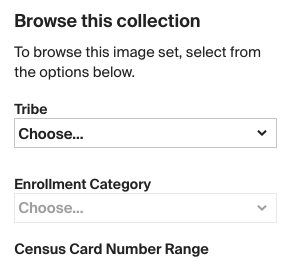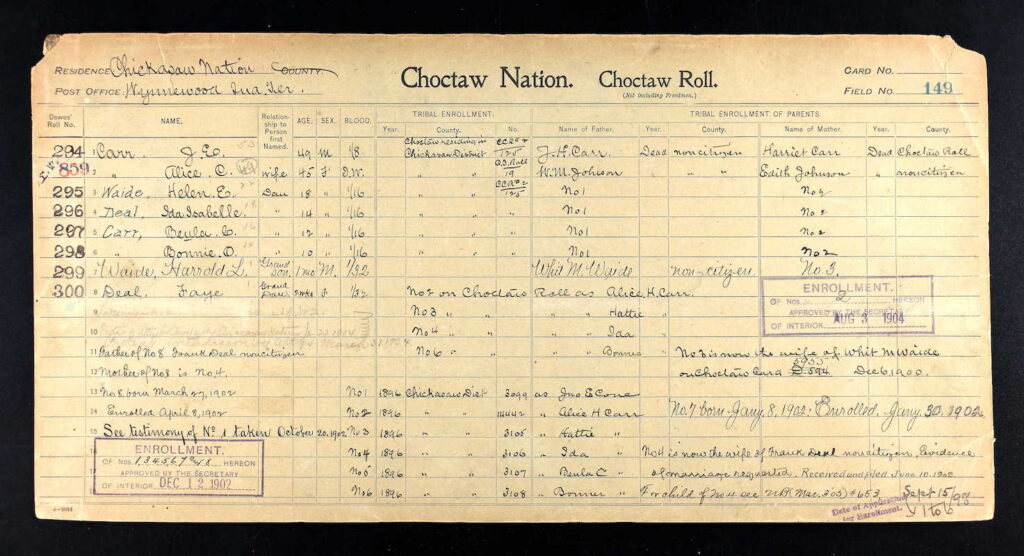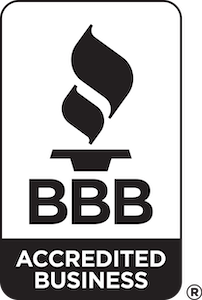Dawes Roll
1898-1914

The Dawes Roll was created between 1898 and 1914 to document members of the Five Civilized Tribes—Cherokee, Creek, Choctaw, Chickasaw, and Seminole—living in Indian Territory (modern-day Oklahoma). Its primary purpose was to determine eligibility for land allotments under the Dawes Act of 1887, which aimed to assimilate Native Americans by dividing communal tribal lands into individual parcels.
- The Dawes Act (1887) marked a shift in U.S. policy from protecting tribal sovereignty to allotting tribal lands to individual members, encouraging private land ownership.
- The Curtis Act of 1898 extended this policy, leading to the breakup of tribal governments and the creation of the Dawes Commission to manage land distribution.
Dawes Roll: 1898 - 1914
The Dawes Rolls consist of several types of documents, including applications for enrollment, census cards, and the final rolls themselves. The final rolls include the names of individuals, their degree of Indian blood, and their tribal affiliation. These documents were compiled from 1898 to 1907, with a few additional names added until 1914 under special circumstances.
Who It Covers:
Members of the Five Civilized Tribes:
- Cherokee Nation
- Creek (Muscogee) Nation
- Choctaw Nation
- Chickasaw Nation
- Seminole Nation
- Freedmen: Formerly enslaved African Americans who were freed and granted tribal citizenship after the Civil War under the Treaties of 1866.
- Intermarried Whites: Spouses of tribal members who were legally recognized within the tribes.
- Minor Children and Newborns: Documented as part of family units.
- The roll documents over 101,000 individuals, categorized by tribe, blood quantum, and status. Information includes: Name, Age, Gender, Degree of Native American blood quantum, Family relationships, Tribal affiliation, Residency within Indian Territory
- Exclusions: Individuals who failed to apply or prove eligibility were excluded, even if they were Native American. Many tribal members resisted enrollment, viewing it as a government effort to dismantle sovereignty.
- Blood Quantum Requirements: The roll introduced the concept of blood quantum, which has been controversial and is still debated in modern tribal membership policies.
- Freedmen Disputes: While Freedmen were included, their citizenship status has been contested, particularly in the Cherokee Nation, leading to legal battles over tribal rights.
Comparison to Other Rolls:
- Baker Roll (1924–1929): Focuses solely on the Eastern Band of Cherokee Indians in North Carolina, not the tribes in Oklahoma.
- Guion Miller Roll (1906–1910): Identified Eastern Cherokee descendants for reparations, but does not include the tribes covered by the Dawes Roll.
- Wallace and Kern-Clifton Rolls: Focused specifically on Cherokee Freedmen, whereas the Dawes Roll includes Freedmen from all Five Tribes.
The Dawes Act (1887)
The Dawes Act was designed to assimilate Native Americans into mainstream American society by transforming their traditional communal land ownership systems into individual landownership. The Act sought to:
- Break up tribal lands into individual allotments.
- Encourage farming and private property ownership as a means of integrating Native Americans into Euro-American culture.
- Open up “surplus” tribal lands to white settlers after allotments were distributed.
Key Provisions of the Dawes Roll:
Land Allotments:
- Head of Household: Received 160 acres.
- Single Adults: Received 80 acres.
- Minors: Received 40 acres.
- Land was held in trust by the U.S. government for 25 years before full ownership was granted.
Citizenship:
- Native Americans who accepted land allotments and adopted a “civilized” lifestyle were granted U.S. citizenship.
Surplus Lands:
- Any remaining tribal lands (not allotted) were sold to white settlers or railroad companies, effectively reducing tribal territories.
Federal Oversight:
- The U.S. government maintained control over the lands during the trust period, often leading to exploitation and mismanagement.
Oklahoma and Indian Territory, U.S., Dawes Census Cards for Five Civilized Tribes, 1898-1914
| Dawes Census Cards for Five Civilized Tribes, 1898-1914 | |||||||
| Tribe - Freedmen | Cherokee | Chickasaw | Choctaw | Creek | Delaware Cherokee | Mississippi Choctaw | Seminole |
| Assorted | X | X | |||||
| By Blood | X | X | X | X | X | ||
| By Blood 1914 Roll | X | ||||||
| By Blood Duplicates | X | ||||||
| By Blood, Minor | X | X | X | X | |||
| By Blood New Born | X | X | |||||
| Cancelled | X | ||||||
| Denied | X | X | X | ||||
| Denied Census Card 1914 | X | ||||||
| Field Card | X | ||||||
| Freedmen | X | X | X | X | X | ||
| Freedmen Denied | X | X | X | ||||
| Freedmen Minor | X | X | X | X | X | ||
| Freedmen Newborn | X | X | |||||
| Freedmen Rejected | X | X | |||||
| Intermarried White | X | ||||||
| N/A | X | ||||||
| Newborn | X | X | |||||
| Newborn Freedmen Rejected | X | ||||||
| Old Series | X | ||||||
| Rejected | X | X | X | ||||
| Rejected; Denied | X | ||||||





